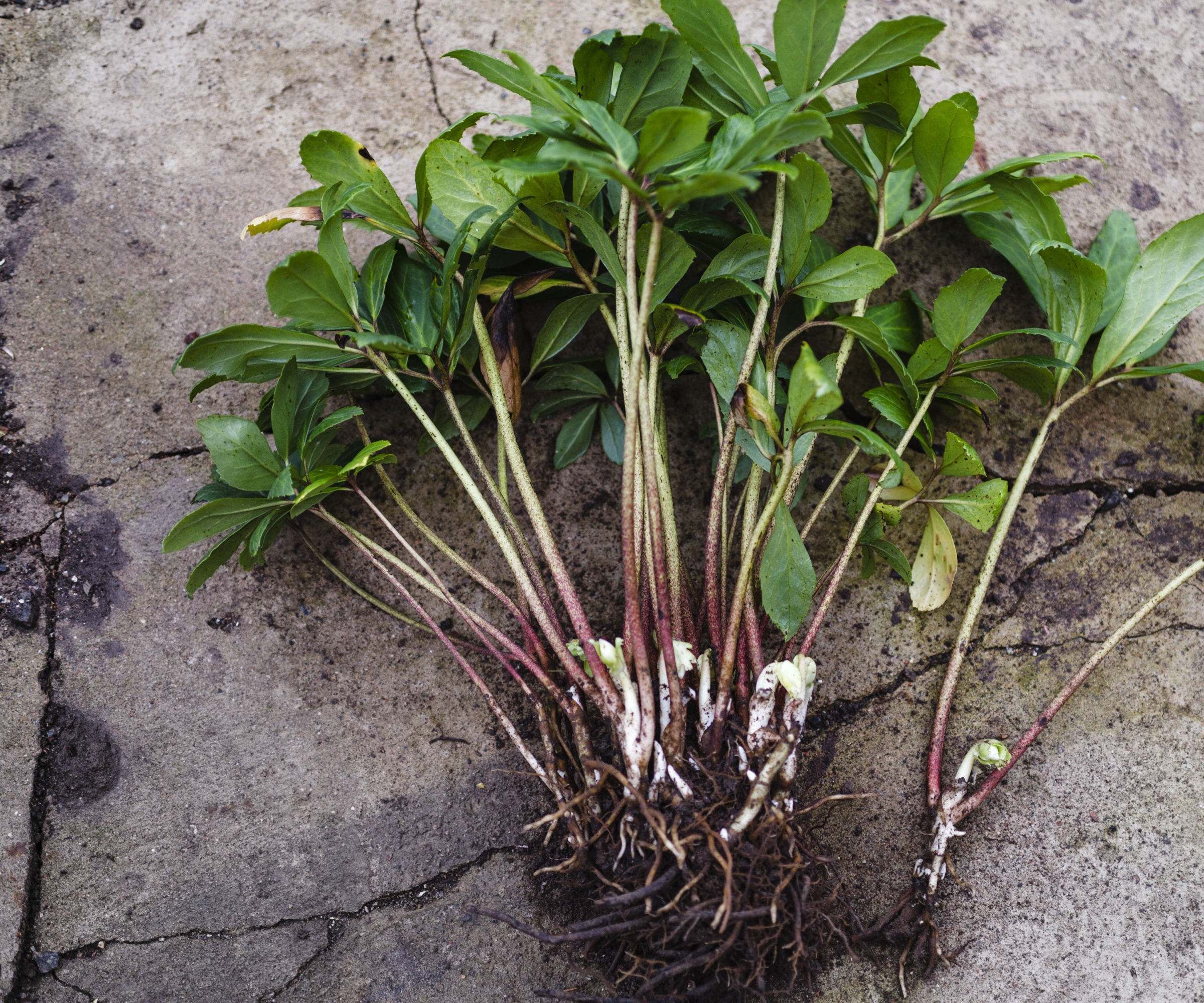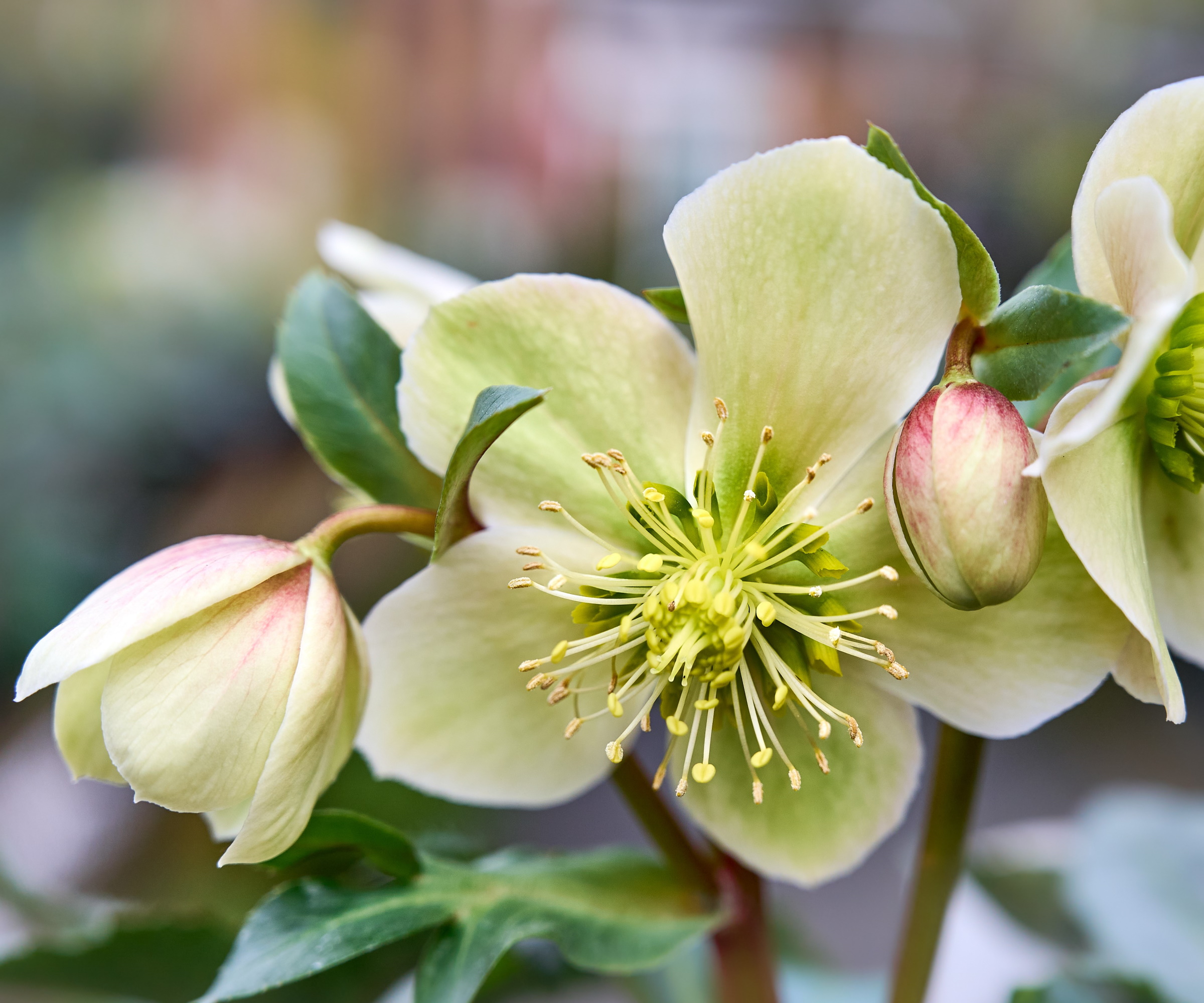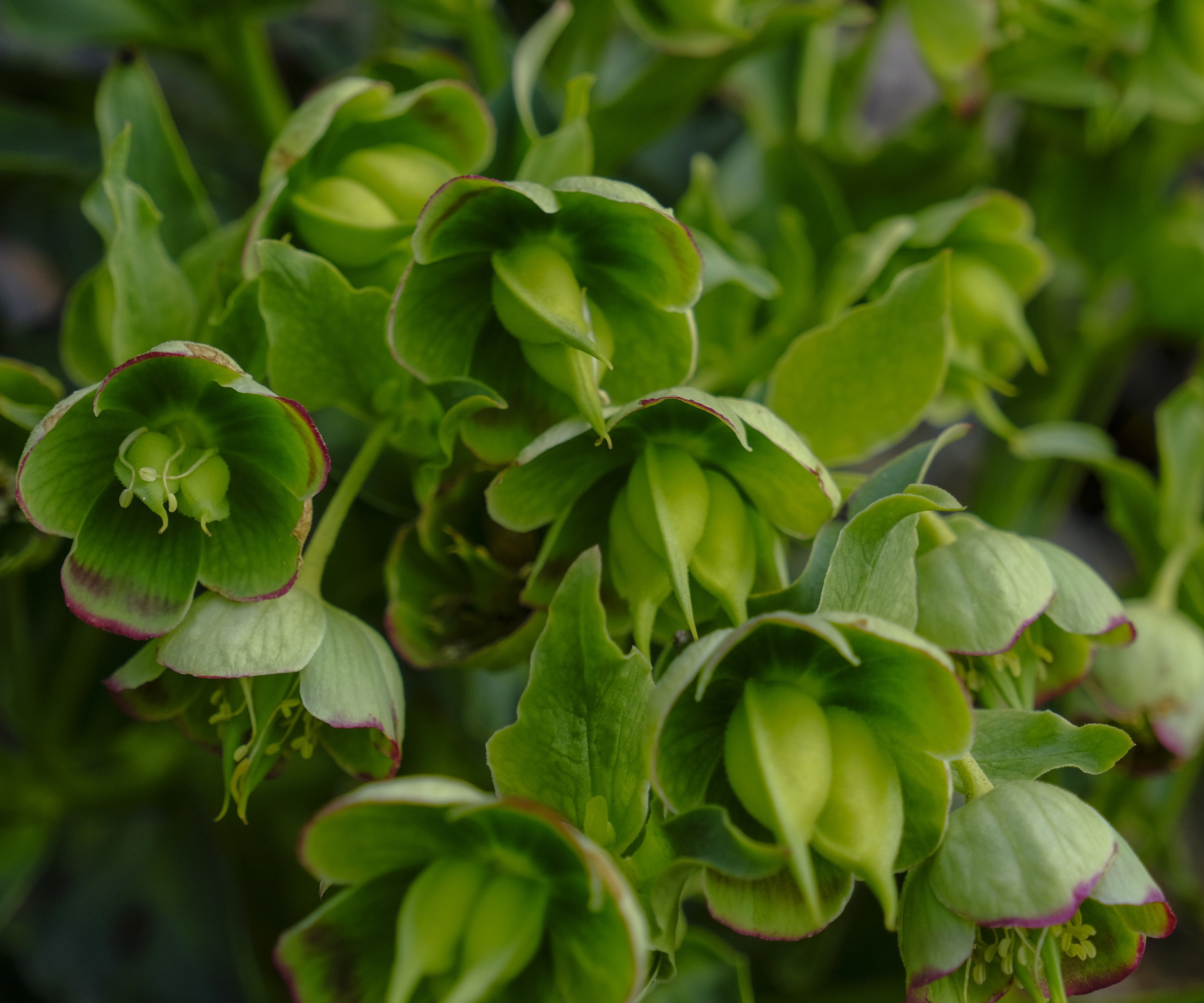How to propagate hellebores – expert advice on growing your collection
By growing from seed or dividing your hellebore plants, you can easily expand your collection


Hellebores are an important plant in the winter garden, bringing color and impact to backyard flower beds and containers when it is most needed. With their ability to bloom during the coldest months, hellebores have become prized by gardeners worldwide, and with such an impressive range of hellebore varieties, it is easy to see why.
One hellebore is never enough and planting in groups or drifts through your garden borders is advised. Planting a single hellebore in your backyard will not create an impact, but having seven or more certainly will. However, you do not need to spend lots of money on buying more and more plants from your local store. Instead, why not try growing more hellebores from your existing plants.
When one hellebore plant is established and growing well in your backyard, it is easy and free to make more plants by propagation, either by dividing this plant or by growing from seed. This can be a rewarding practice, allowing gardeners to expand their collection, and if they feel generous, share one or two plants with a gardening friend or perhaps a neighbor. Note that this is not compulsory, and keeping all new hellebore plants for yourself should not be frowned upon.
You can discover what the experts advise on how best to propagate hellebores successfully.

How to propagate hellebores
Adding more hellebore plants to your garden does not need to cost the earth. It is easy and free to make more plants by propagation. Read on to discover our top tips and expert advice to help you grow your hellebore collection.
Propagating hellebores by division

Hellebores are relatively easy to propagate by division and the best time to do this is in the autumn before they begin to expend energy on flower production. 'Most hellebores should be lifted in fall for division,' advises Dr Ross Bayton, Director at Heronswood Gardens in Washington.
When dividing hellebores, 'ideally select a large clump to produce more plants,' Ross says. It is easiest to dig up the entire hellebore plant, which can often be compacted and tough to divide if left in the soil. Using a garden fork, such as this Spear and Jackson Fork from Amazon, carefully loosen the soil around the plant and lift the clump, shaking and removing any excess soil.
Design expertise in your inbox – from inspiring decorating ideas and beautiful celebrity homes to practical gardening advice and shopping round-ups.
'Soaking the lifted clump in a bucket of water can help loosen the roots and ease the process,' Ross recommends. Once you can see the roots and rhizome, 'cut your hellebore clump into sections, making sure each piece of rhizome has a growing point and several leaves,' Ross says. Using a sharp knife or pruning saw, such as this Pruning Saw from Amazon, carefully cut and divide the clump into smaller plants, ensuring that each new plant has a root system.
When thinking about replanting your new hellebore divisions, it is good to remember the general rules about where best to plant hellebores. They thrive in cool, partially shaded positions, so your new hellebore plants will also enjoy these same conditions. If in doubt, consider the location of your original hellebore plant. If this plant was thriving in a certain spot, these are the conditions to aim for.
'Immediately after dividing and replanting, it's important to water regularly until new plants have established,' Ross says. 'It generally rains plenty in fall, reducing the burden,' Ross continues, but regularly check on your new plant divisions, as a dry spell can cause irreparable damage to your young hellebore plants.
In general, 'hellebores don't require much feeding, assuming they are growing in rich soil,' Ross says, and you do not need to feed your new plants. If you wish to feed your established hellebore plants, apply a slow-release fertilizer around the crowns after flowering, such as this smart-release plant feed from Walmart.
Your new plants may be slow to establish, and take 2 - 3 years to flower, but your patience will be rewarded when you have several flowering clumps of hellebore.

London-born botanist and gardener Dr Ross Bayton gained his PhD at the Royal Botanic Gardens, Kew, studying the classification of tropical palms. He’s the author of several books on horticulture. He is now the director of the world-renowned Heronswood Garden in Kingston, Washington, and is developing a 5-acre garden at home in nearby Bremerton.
Growing hellebores from seed

If you want to try your hand at growing hellebores from seed, all you will need is an established flowering hellebore plant in your backyard. 'Hellebores are easily propagated by seed and like most garden plants, they produce seed in abundance,' Ross says.
One option is to 'let the seed fall from plants after flowering,' Ross continues. Do not deadhead the hellebore flowers, instead, let the seed develop and then fall. If successful, you will see hellebore seedlings growing around the original clump after a few months.
Another option is to gather the seed before it falls. Regular monitoring of the hellebore seed heads will help to identify when they are ready. You will notice the color changing from yellow and green, as seen in the picture above, to brown. You can then gather the seed and sow in a seed tray, before placing in a cold frame or greenhouse.
As with divided clumps, 'seedlings may take 2 - 3 years to flower,' Ross says, but the process of growing from seed is an exciting one. 'Their color will depend on which parent plants you have in your garden or local area,' Ross continues. You might cultivate a hellebore with a different color than expected, but this is all part of the fun.
FAQs
When is the best time to divide an established hellebore clump?
The best time to propagate hellebore by the process of division is in fall before the plant goes on to flower in the winter. Once you have identified a suitable plant, carefully lift the clump, and you will be able to make several new plants.
How long will divided plants and seedlings take to flower?
It will take approximately 2 - 3 years for divided clumps and hellebore seedlings to flower, so you will need a certain amount of patience. All hellebore species and varieties have attractive foliage and so are attractive plants even without blooming. After a couple of years, your patience and hard work will be rewarded when your backyard is full of stunning hellebore flowers.
There are many hellebore varieties to choose from and plant in your garden, and most can be propagated using the methods discussed here. Why not grow your hellebore collection this year by division or by growing from seed?

Thomas is a Content Editor within the Gardens Team at Homes and Gardens. He has worked as a professional gardener for both public spaces and private estates, specializing in productive gardening, growing food and flowers. Trained in Horticulture at the Garden Museum, he has written on gardening and garden history for various publications, including The English Garden, Gardens Illustrated, Hortus, The London Gardener and Bloom. He has co-authored a Lonely Planet travel book, The Tree Atlas, due out in 2024.